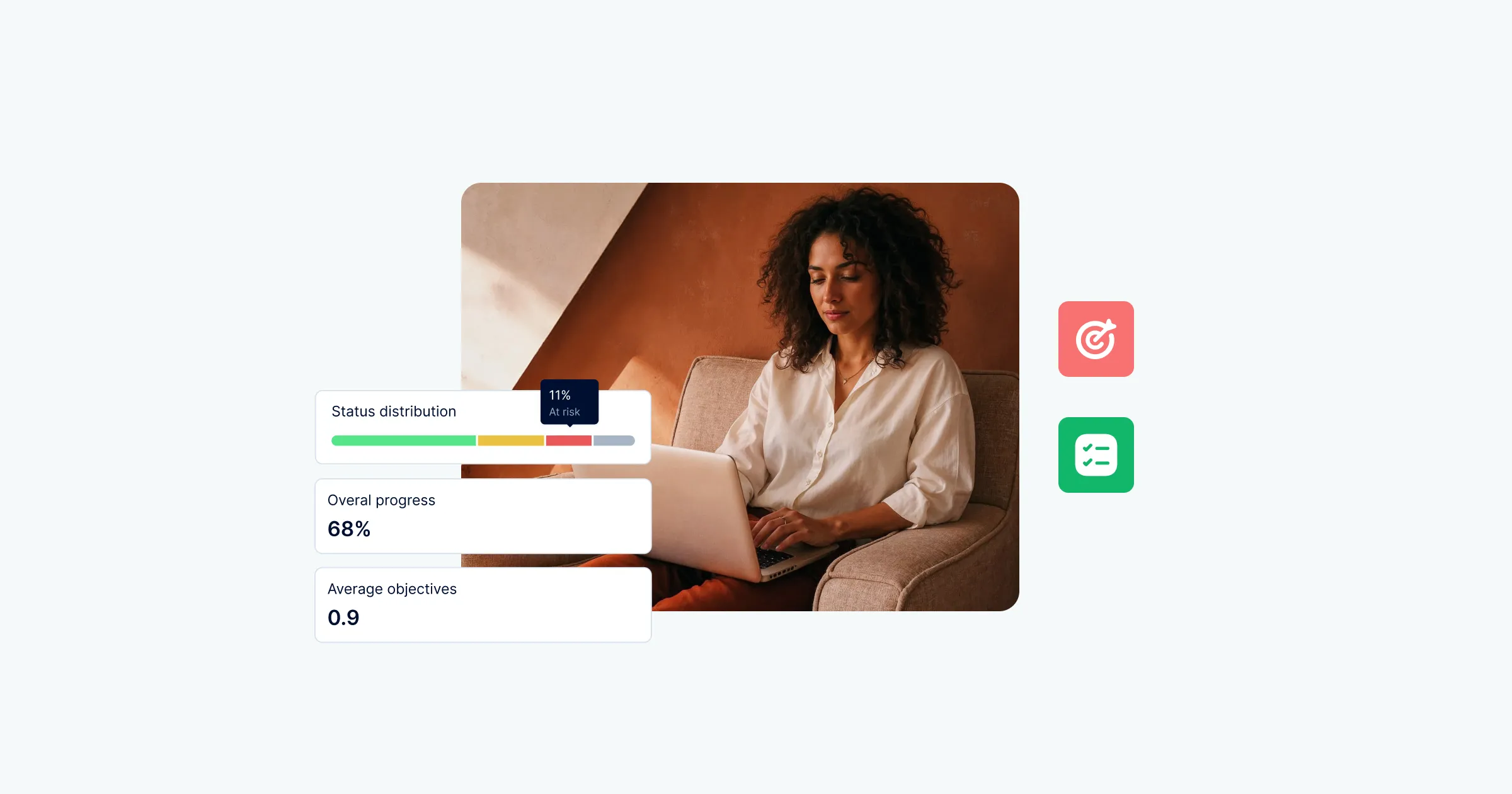Stay interview
What is stay interview?
A stay interview is a method for retaining key talent within a company. Learn how to conduct it effectively to enhance employees’ professional experiences.
What is a stay interview?
A stay interview is an informal conversation between a manager and an employee designed to understand what makes the employee feel comfortable and engaged in the company, as well as what improvements could increase their commitment. Rather than focusing on past performance or current results, a stay interview looks toward the future, helping to identify employees' career aspirations and how the company can support them.
How is a stay interview different from an exit interview?
An exit interview takes place during the offboarding process, after an employee has already decided to leave the company. Its purpose is to analyze the reasons behind their departure and draw conclusions for future improvements.
A stay interview, on the other hand, is conducted with current employees to better understand their needs and expectations, helping to increase their engagement and prevent them from deciding to leave.
Benefits of conducting stay interviews
A stay interview is one of the simplest yet most effective tools for building employee loyalty and reducing the risk of losing valuable talent. Conducting these interviews regularly can help:
- Reduce employee turnover – Understand what motivates and discourages employees, then implement changes to minimize resignations.
- Increase engagement – Ensure employees feel heard and appreciated.
- Strengthen a culture of openness – Regular discussions about job satisfaction build trust and improve organizational communication.
- Improve HR processes – Stay interviews provide valuable insights that help tailor benefits, career paths, and compensation policies to employees' real needs.
- Prevent burnout – Early identification of employee frustrations allows for proactive actions to improve the overall work environment.
How to conduct a stay interview
- Select the employees to interview first. Start with high-performing, high-potential employees whose departure would have the greatest impact.
- Plan a schedule for meetings. Stay interviews should be conducted regularly, ideally once a year or every six months. New employees should be included in the process after 90 days of employment. Consistency ensures that stay interviews become a standard part of the organizational culture rather than a one-time initiative.
- Create a comfortable atmosphere. Ensure the employee feels free to express their thoughts. Clearly communicate that the meeting is not about evaluating performance or analyzing mistakes, but about understanding their experiences and expectations. Guarantee confidentiality to encourage honest responses.
- Ask open-ended questions. Each conversation should follow a structured format to allow for data comparison across the organization. Ask open-ended questions and actively listen – without interrupting, interpreting, or imposing your opinions. Focus on the factors most crucial to employee motivation, such as career development, team relationships, management style, and work-life balance.
- Analyze the gathered information.Data from stay interviews should be centralized, such as in an HR platform, and analyzed to identify recurring areas for improvement. Without this step, stay interviews remain isolated experiences rather than a valuable business tool.
- Take corrective action.Stay interviews are effective only if they lead to real changes. Based on the collected insights, develop concrete solutions and communicate them to the team. Track the impact of implemented changes – employees need to see that their feedback influences the organization.
5 key questions to ask in a stay interview
According to Richard P. Finnegan, there are five questions… and only five questions, that will encourage every employee to provide the information you need:
- What do you look forward to most when coming to work each day?
- What are you learning here?
- Why do you stay?
- When was the last time you thought about leaving our team? What prompted that thought?
- What can I do to improve your experience at work?
These questions form a strong foundation for the discussion, but they can be expanded with more probing questions like, „Can you give me an example?” or „How important is this to you?”
A stay interview should last no longer than 30-40 minutes, so it’s best to limit the number of questions to allow employees sufficient time to express themselves.
Stay interview – summary
A stay interview is one of the simplest yet most effective tools in talent management. Companies that implement them regularly:
✅ Increase employees’ motivation for growth,
✅ Build mutual trust,
✅ Create an environment where employees feel heard and valued–strengthening their commitment to the organization,
✅ Effectively reduce turnover.
If you’re not using this tool yet, it’s time to start. Incorporate stay interviews into your strategy and build stronger teams!
Need support in employee engagement management? Try PeopleForce – a platform that simplifies meeting organization and the development of effective retention strategies. Request a demo and test it free for 14 days!

